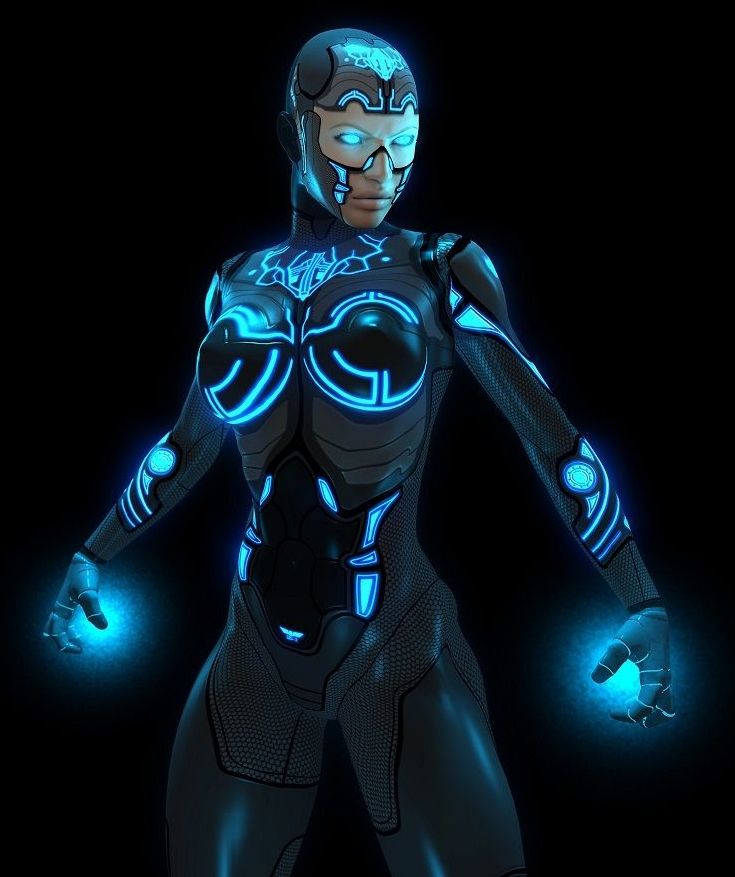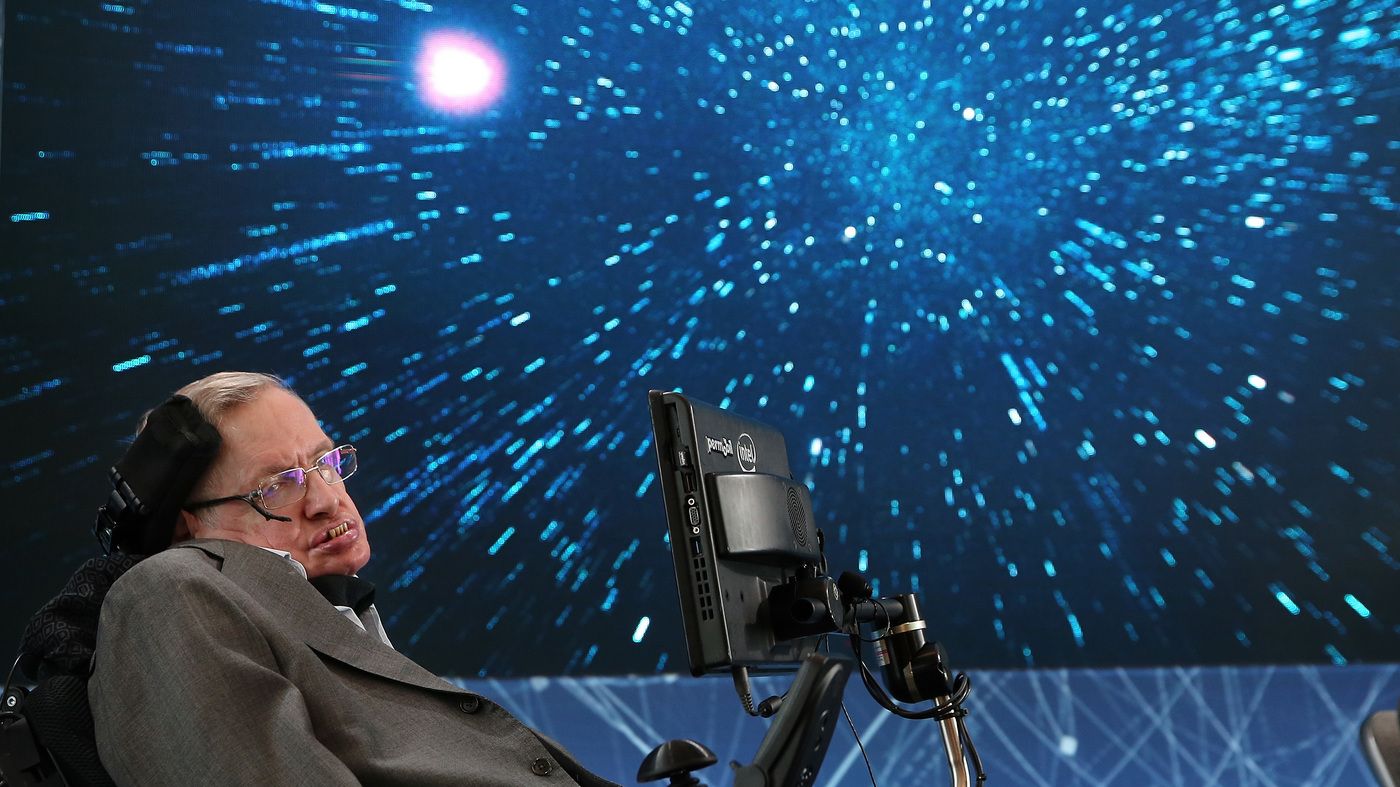Shall we play a game?



Ryff has a big idea that it says could turn the $23 billion product placement market upside down. Product placement is the advertising tactic of placing a branded object, like a bottle of Coca-Cola, in a scene in a movie or a TV show.
Los Angeles-based Ryff has figured out how to do this digitally with cloud technology. Ryff figures out the places in video content where virtual objects can be placed in a scene where they seem like they are a natural part of the environment. That means the objects have to be rendered realistically enough so they can be mistaken for being part of a real scene, as recorded in a movie or TV show or a commercial, said Roy Taylor, CEO of Ryff, at an event on Thursday evening.
“We are on a new platform that makes images intelligent,” Taylor said. “Ryff is the world’s first image technology company using AI and visual computing to change the way we experience entertainment.”

The Venus Project is looking for VR artists for their project, Check it out!
A new project at The Venus Project has been started and a team consisting of video game industry veterans has been formed for its development.
The VR (Virtual Reality) Simulator will give access for everybody with a VR set to dive into a 360° projection of a city according to The Venus Project’s designs and experience it from the inside.
Most wanted specialists are:

You can now control the Xbox from Alexa and Cortana. Microsoft announced his morning it’s introducing a new way to interact with Xbox One using voice commands, by way of an Xbox Skill that works with both Alexa and Cortana, across platforms. The skill will allow users to launch games, adjust the volume, start and stop their broadcasts to Mixer, capture screenshots and more.
For example, players will be able to say to their Echo speaker, “Alexa, start Rocket League,” and the console would power on, sign them in, and launch the game.
To use the new feature with Alexa, players will first have to sign in with their Amazon account then link their Microsoft account to the skill. With Cortana, users will instead have to first sign into the Xbox they want to control, then sign in with their Microsoft account to link the skill on their Windows 10 PC.

Film has always had a special place in my heart. It’s helped me through so many stages in my life.
I’ve felt so unmotivated these past few years and decided to work on something that would inspire me.
So, if you feel unmotivated right now or just seem like you’re stuck, I hope this video helps you in some way.
Thanks for watching!
Music: https://audiojungle.net/item/to-the-stars/22166613?s_rank=36
For business inquiries: [email protected]


Distant Dream (Poland), “Reverse” (feat. Stel Andre) from the album “It All Starts From Pieces” (2017), Instrumental Post rock | Post metal.
• Official Distant Dream band links
https://distantdream.bandcamp.com/
https://www.facebook.com/distantdreammusic/
• Similar bands / Sounds like / Influences:
—————————————————–
Seeming Emptiness, Captains of Sea and War, Apoa, Microtonner, Exxasens, Russian Circles, Gray Souvenirs, Ι Αm Νo Ηero, Antethic, Callisto, Nyobe, Doomina, Leech, Then They Flew, Sioum, Moonlit Sailor, Nevermind the Name, If These Trees Could Talk, Servants of Silence, Líam, No Respect for Beauty, A Light In The Dark, Macáes, Loveless, This Will Destroy You, Oh Hiroshima, This Is Your Captain Speaking, Pray for Sound, Tuber, Calf, Quiet Pliz, Icaro, From Oceans To Autumn, Caspian, We.Own.The. Sky, Isis, Pelican, Red Sparowes, Cult of Luna, Cloudkicker, Minsk, Intronaut, Toundra, Envy, Jesu.
• Follow “Winter’s Dusk In Mistful Abyss” on facebook.
https://www.facebook.com/WintersDuskInMistfulAbyss.official/
• ©Winter’s Dusk In Mistful Abyss (wdima Official Channel)
(Watch in HD for better video & audio quality)

Hawking is being interred at Westminster Abbey on Friday, with a thousand members of the public (selected through a lottery system) present for the ceremony. The physicist’s remains will be placed between those of Isaac Newton and Charles Darwin.
His voice will be broadcast into space after the service honoring his life.
Hawking’s words “have been set to an original score by composer Vangelis, most famous for his Chariots of Fire film theme,” the BBC reports.